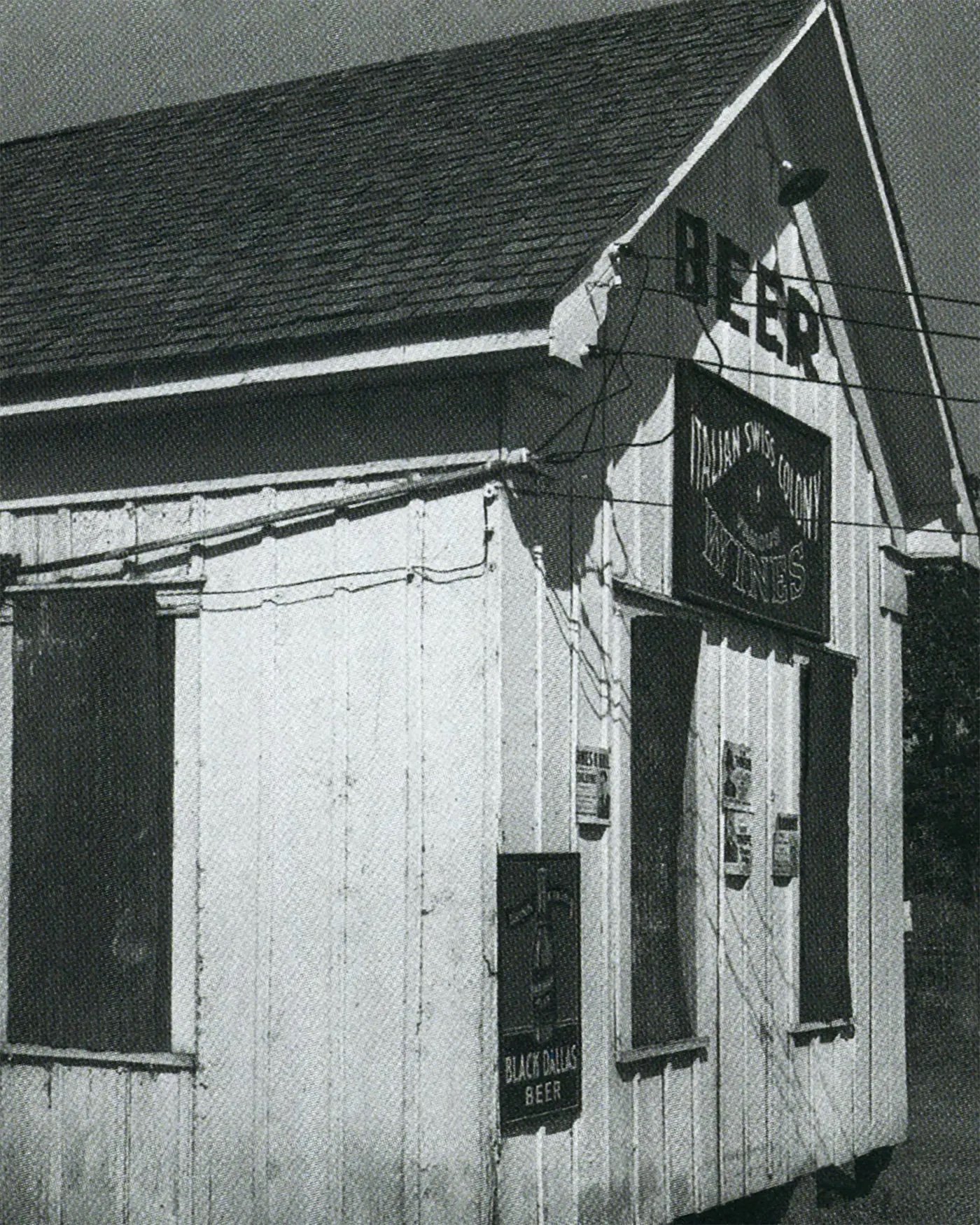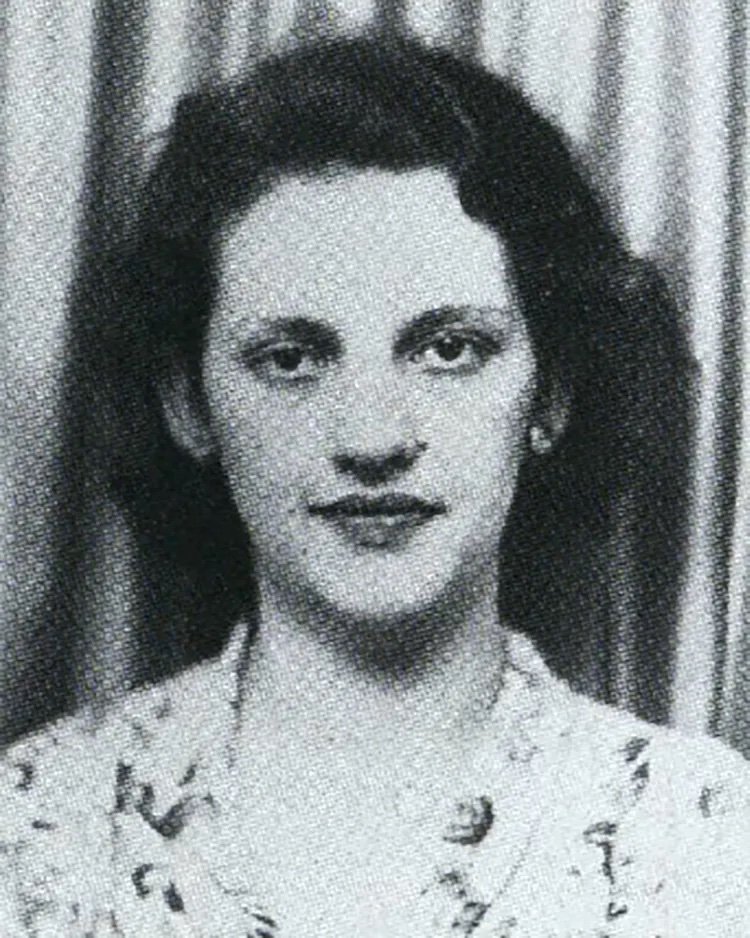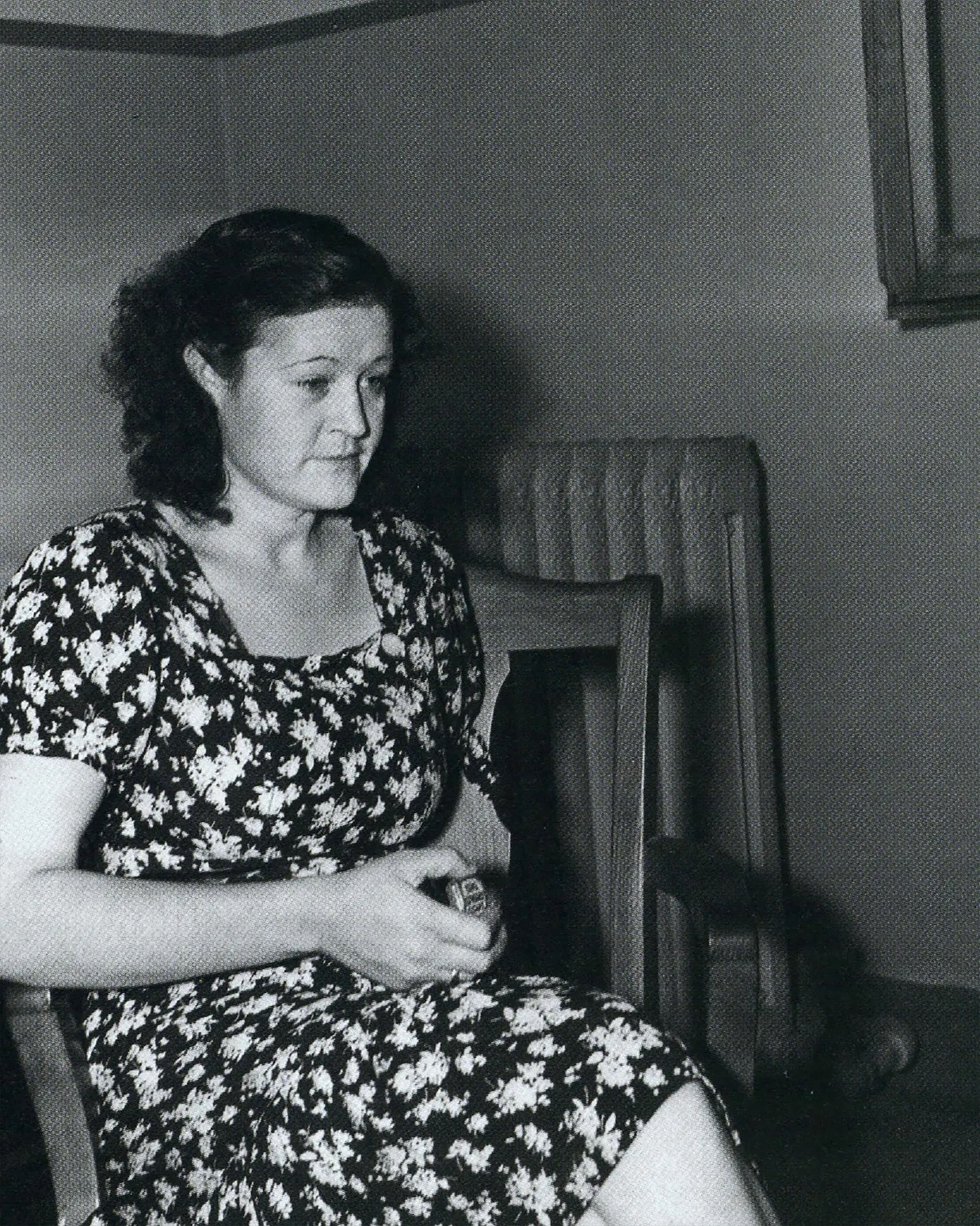Joe Ball
7 min read
One of my favorite movies is The Texas Chainsaw Massacre '74, directed by Tobe Hooper. He based this movie on the Wisconsin serial killer and body snatcher Ed Gein. Two years later, Hooper directed Eaten Alive '76. I watched the film for the first time at the beginning of this year, and the plot line sounded familiar. A quick IMDb search later, I realized this movie is based on a Texas serial killer. I present to you Joe Ball, also known as The Butcher of Elmendorf, The Alligator Man, and The Bluebeard of South Texas. A local bar owner speculated to have killed up to 20 women and fed their bodies to his pool of alligators.
Joe Ball
Credit: The Institute of Texan Cultures
Background
Joseph Douglas Ball was born on January 7, 1896, in Elmendorf, Texas, a small town about fifteen miles Southeast of San Antonio. Francis (Frank) Ball, Joe's father, built a cotton gin that played a significant role in the growth of Elmendorf, and he was very wealthy because of this. Soon, Frank began buying and selling farmland and opened a general store that sold everything from caskets to shoes. He also built the first stone home in the area, where he and his wife, Elizabeth, raised their eight children, many of whom became pillars of the community.
Joe's great great grandfather, John Hart Crenshaw, also significantly impacted history, albeit notoriously. Crenshaw was known for kidnapping and selling free black citizens as enslaved people in the south. As a result, his house became known as The Old Slave House and is alleged to be haunted; stories of strange noises and sightings date back to 1851. In 2004, the National Park Service recognized The Old Slave House as part of the Underground Railroad Network to Freedom program to acknowledge its importance in the "reverse underground railroad" and John Crenshaw's role in condemning free blacks to slavery for profit.
John Crenshaw and his wife, Francine “Sina”
Credit: Wikipedia
In 1917, Joe Ball joined the Army and fought on the frontlines of the Great War. He returned to Elmendorf after his honorable discharge in 1919 and began his career as a bootlegger. Ball drove all over the San Antonio area selling whiskey and beer out of a fifty-gallon barrel. In the mid-twenties, Ball began hiring, off and on, a young black man named Clifton Wheeler to help around the house and the business. Wheeler was a handyman, but he did most of Ball's manual labor and dirty work. According to the townsfolk, Wheeler lived in fear of Ball.
The Sociable Inn
After Prohibition ended, Joe Ball opened a tavern called the Sociable Inn. In the back were two bedrooms, and upfront was a bar, a player piano, and a room with tables where the men drank and played cards. Sometimes Ball hosted cockfights. At some point, Ball went to one of the nearby low-water areas in Graytown, where alligators were known to lay their eggs, and caught five gators. He put them in a concrete pool behind the tavern and strung wire ten feet high around it. Perhaps Ball loved alligators, or maybe he just knew how to lure in customers. Every weekend Ball would throw live animals, often stray cats and dogs, into the pool of alligators as a drunken, crazed crowd gathered around and cheered him on.
The Sociable Inn
Credit: The Institute of Texan Cultures
At six feet and 160 pounds, Ball was known to be quite the ladies' man. He hired many women, dance-hall girls, to wait tables at his bar. Around 1934, he fell in love with his waitress Minnie "Big Minnie" Gotthardt. At some point, Ball began seeing his barmaid Dolores "Buddy" Goodwin, fifteen years his junior. Around this time, Hazel "Schatzie" Brown started working at the tavern; she was young, beautiful, and popular with the customers. She and Buddy became fast friends. Big Minnie, however, did not like Buddy even a little bit.
Hazel “Schatzie” Brown
Credit: The Institute of Texan Cultures
Big Minnie disappeared in the summer of 1937 and left all her clothes behind. When people began to ask questions, Ball told them that she was pregnant with a black child in a Corpus Christi Hospital. In September, Ball married Buddy and shorty afterward confessed to her that he had killed Minnie so they could be together. Eventually, Buddy told Schatze what their employer had done to their former co-worker. Then, in April 1938, Buddy disappeared. By that time, Joe was seeing Schatzie, and then she disappeared too.
Dolores “Buddy” Goodwin
Credit: The Institute of Texan Cultures
Murders
On September 23, 1938, an older man approached Bexar County deputy sheriff John Gray and told him that Joe Ball had left a barrel behind his sister's barn that was covered in flies and smelled of death. Enough women in Ball's life had disappeared that the next day Gray and deputy John Klevenhagen went to take a look. When they arrived at the barn, the foul-smelling barrel was gone. They drove to The Social Inn at about noon and spoke to Ball, who denied knowing anything about it. When the officers returned to the barn, Ball's sister corroborated the older man's story.
That was enough for the deputies, who told Ball they were taking him to San Antonio for questioning. Ball asked if he could first have a beer and close down his place. The sheriff agreed, and the three of them returned to the bar. Ball got a beer, took a few sips, went to his register, and pulled out a .45 from under the counter. He waved it at Gray and Klevenhagen, who yelled, "Don't!" and went for their pistols just as Ball turned his and pointed it at his heart. He pulled the trigger and fell on the barroom floor.
Four other deputies descended on the tavern. First, they checked the gator pond and found it full of rotting meat. Then they found an ax matted with blood and hair. Their original theory was that Ball must have killed and mutilated his wife and fed her to the alligators to dispose of her body. The police then talked about other disappearances around Elmendorf, including two missing barmaids and a sixteen-year-old boy who hung out at Ball's.
But then, Clifton Wheeler, who had been taken in by sheriffs to San Antonio, confessed what he knew. Schatzie had fallen in love with one of the regulars at The Social Inn and tried to break things off with Ball. When he refused to let her leave him, she threatened to tell the police what he had done to Big Minnie. Ball responded by killing Schatzie, and Wheeler knew precisely where she was buried.
He took the sheriffs about three miles outside Elmendorf to a bluff three hundred feet from the San Antonio River. By the light of a campfire, Wheeler began to dig, and blood bubbled up from the sand, emitting an unbearable odor. Wheeler pulled up two arms and two legs, and finally a torso. When police asked where Schatzie's head was, he pointed to the remains of a nearby campfire. After carefully sifting through the ashes, they found a jawbone, some teeth, and finally, some pieces of the skull that had once belonged to Hazel Brown.
After a night of heavy drinking, Wheeler explained that Ball had asked him to load up the car with blankets and beer. Joe had a saw, an ax, and a posthole digger with him, as well as his pistol. They stopped at his sister's barn and picked up a 55-gallon iron barrel, which they took to the river. Ball forced Wheeler to dig a grave at gunpoint, and they opened the barrel which contained Schatzie's body. Wheeler refused to help Ball dismember the corpse, so he tried to do it himself. He got so enraged when one of her hands got in the way of sawing off her head that Wheeler reached over, held Schatzie's hand, and then grabbed her arms and legs while his boss sawed. They buried the corpse and threw her head and clothes on a campfire.
Deputy sheriff John Gray
Credit: The Institute of Texan Cultures
Wheeler also solved the mystery of Big Minnie. Ball told Wheeler to pack the car with whiskey and beer in June of 1937. Then he took Minnie and Wheeler to Ingleside, near Corpus Christi. After swimming and drinking, Ball found a secluded area and asked Minnie to take her clothes off. Ball yelled for Wheeler to bring them more whiskey, and Wheeler noticed that his boss had his pistol by his side. Ball pointed off in the distance, and when Minnie turned her head to look, he shot her in the temple. Ball told Wheeler he had no choice—she was pregnant, and he was seeing Buddy. The two buried her in the sand and drove back to Elmendorf.
Police officers questioned Wheeler about other women and found a packet of letters and a scrapbook with photos of dozens of women. The San Antonio papers wrote of the disappearance of more than a dozen barmaids, including "Stella," who had had a fight with Ball about Big Minnie. On September 27, 1938, police began digging in the sand four miles southeast of Ingleside. They took heavy machinery, hired laborers, and hundreds of locals showed up to watch the excavate. A merchant even set up a stand and sold cold drinks. Finally, on October 14, they found the remains of Big Minnie. So many spectators surrounded the pit as Minnie was removed that deputy Klevenhagen had one of his legs trapped in a cave-in.
Crowds flocked to watch investigators exhume the body of Big Minnie
Credit: The Institute of Texan Cultures
Aftermath
The alligators were transferred to the San Antonio Zoo, and Clifton Wheeler received two years in jail as an accessory. He got out and opened a bar in town but soon left and was never heard from again. The press had a lot to do with his decision to leave Elmendorf. True Detective, a monthly American magazine that captured the attention of many crime lovers, including the serial killer Ted Bundy, from 1924 to 1995, found Joe Ball's murders irresistible and wouldn't let it go. As a result, the story lost credibility, and speculation of Ball's crimes ran rampant. Madeline Ball, Joe's sister, sued True Detective several times for their elaborated stories of his murders.
Ball’s alligators
Credit: The Institute of Texan Cultures
There were many other tales, too, including one of an older man who, in 1932, had stumbled onto Ball, tossing a woman's body into the pool of alligators. According to local lore, Ball threatened the man to leave town; he fled to California and finally returned after Ball died. Others claimed to have seen Ball throwing pieces of human flesh into the pool. Ultimately, it's impossible to prove he didn't. Even though most of the missing women were accounted for, some never were, and though no human remains were found in the alligator pool, that didn't mean Ball didn't clean them up. It is hard to tell which sources you can trust, but when it comes to The Butcher of Elmendorf, it is easy to believe the worst.
Ball’s headstone
Credit: Lanny Medlin
Sources
https://en.wikipedia.org/wiki/John_Crenshaw
https://www.texasmonthly.com/true-crime/butcher-of-elmendorf-alligators/
https://www.findagrave.com/memorial/7072866/joseph-douglas-ball
https://www.caller.com/story/news/special-reports/building-our-future/throwback/2021/10/28/butcher-elmendorf-buried-victim-ingleside-sand-dunes-1937/8544529002/
https://www.expressnews.com/news/article/Butcher-of-Elmendorf-serial-killer-joseph-ball-16485565.php
https://www.ksat.com/news/local/2021/07/02/chilling-story-about-the-man-known-as-the-butcher-of-elmendorf/









